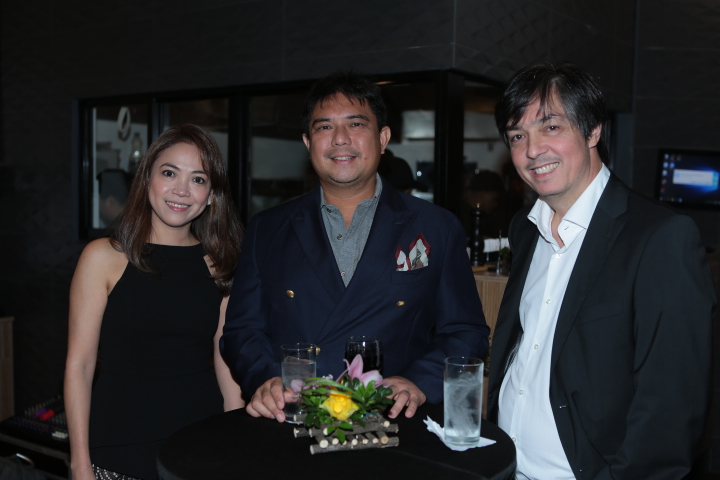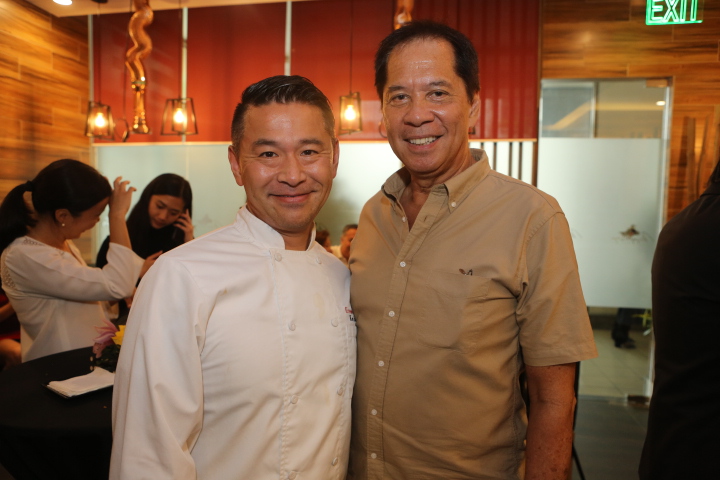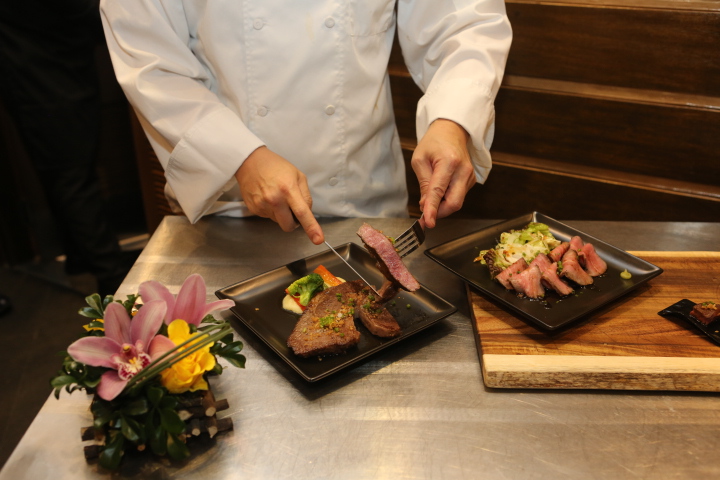It’s unclear when people started craving Wagyu, one of the world’s most expensive and delicious meats known for its cherry red color and intense marbling. While Kobe beef is the most popular type of Wagyu in the Philippines, a number of different kinds have been gaining recognition in Japan, increasing and diversifying exports all over the world.

For instance, you can say that Kagoshima beef is the best beef in the world right now after Kagoshima Prefecture took the top spot at last year’s Wagyu Olympics, a global premium beef competition held every five years in Japan. Oita Prefecture was awarded the best bull prize, and Miyazaki Prefecture won the best beef cattle in the competition.
However, it’s important to note that Miyazaki Prefecture won overall at the last two Wagyu Olympics (2007 and 2012). The prefecture also won its third “Prime Minister Award,” which is basically the award for best tasting beef.

During the launch of Miyazaki Gyu in Bonifacio Global City, co-owner Santi Araneta raved about the meat when he first tasted it in Japan after meeting some Miyazaki farmers. “It was fantastic. It got me at first bite.” Araneta, with co-owners Trixie Takahashi and Mike Arroyo, initially planned to bring the Wagyu to the Philippines and supply it to restaurants but they ended up taking two steps forward by opening a restaurant.
“It’s hard to make people understand why this beef is so different from other Wagyu types, and so we decide to open a restaurant ourselves and showcase the Wagyu in different ways it can be prepared.”

Chef Kensuke Sakai is at the helm of the restaurant to make sure Miyazaki Wagyu is cooked and prepared the best way possible. While steak is the usual way to serve Wagyu beef, Miyazaki Wagyu has the right amount of fat, a sweet taste, and the right texture to turn it into any Japanese dish.
“Even the neck, which is usually the lean and tough part, in Miyazaki Wagyu is soft. It’s ideal for shabu-shabu,” says Sakai.





